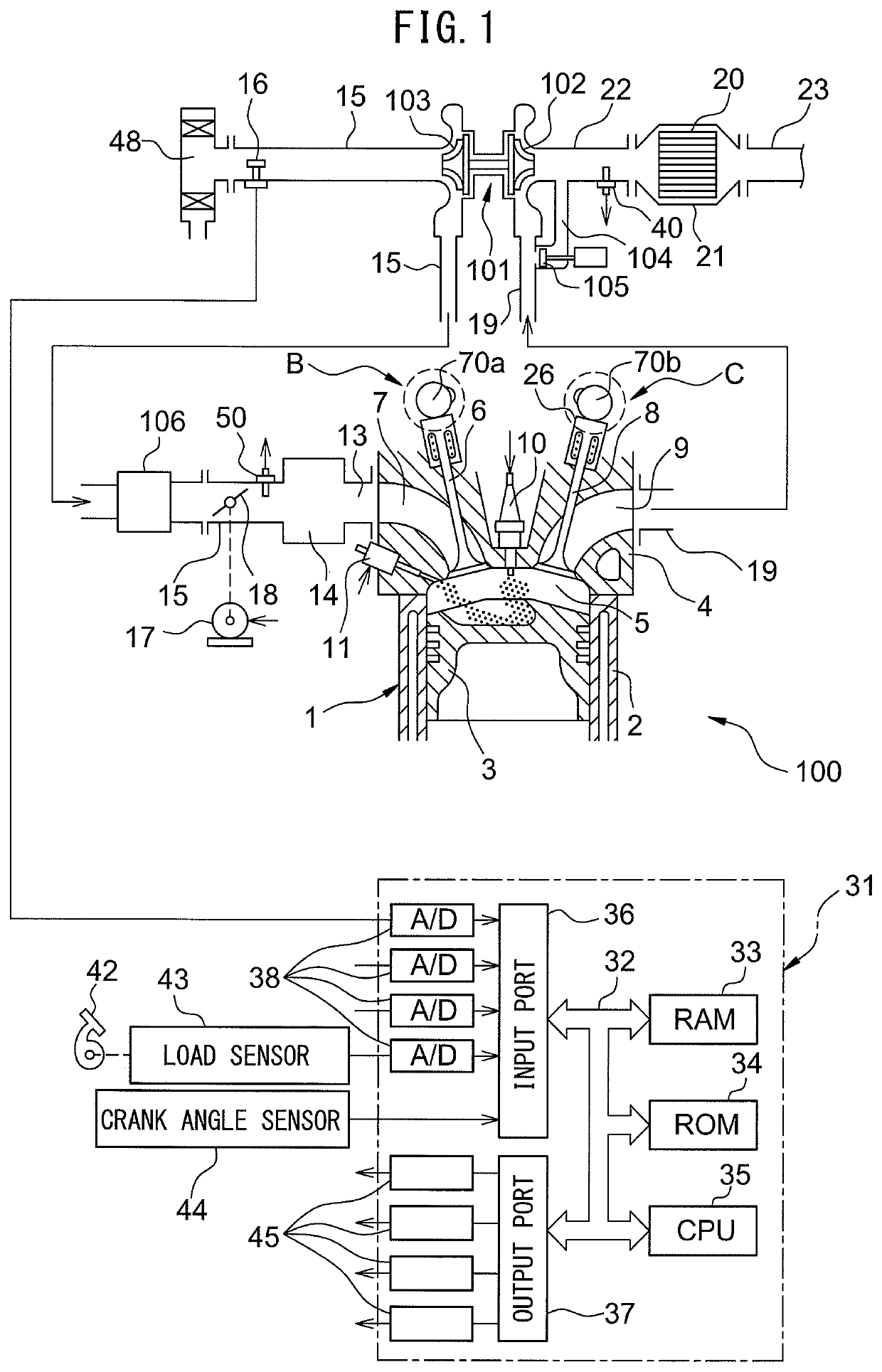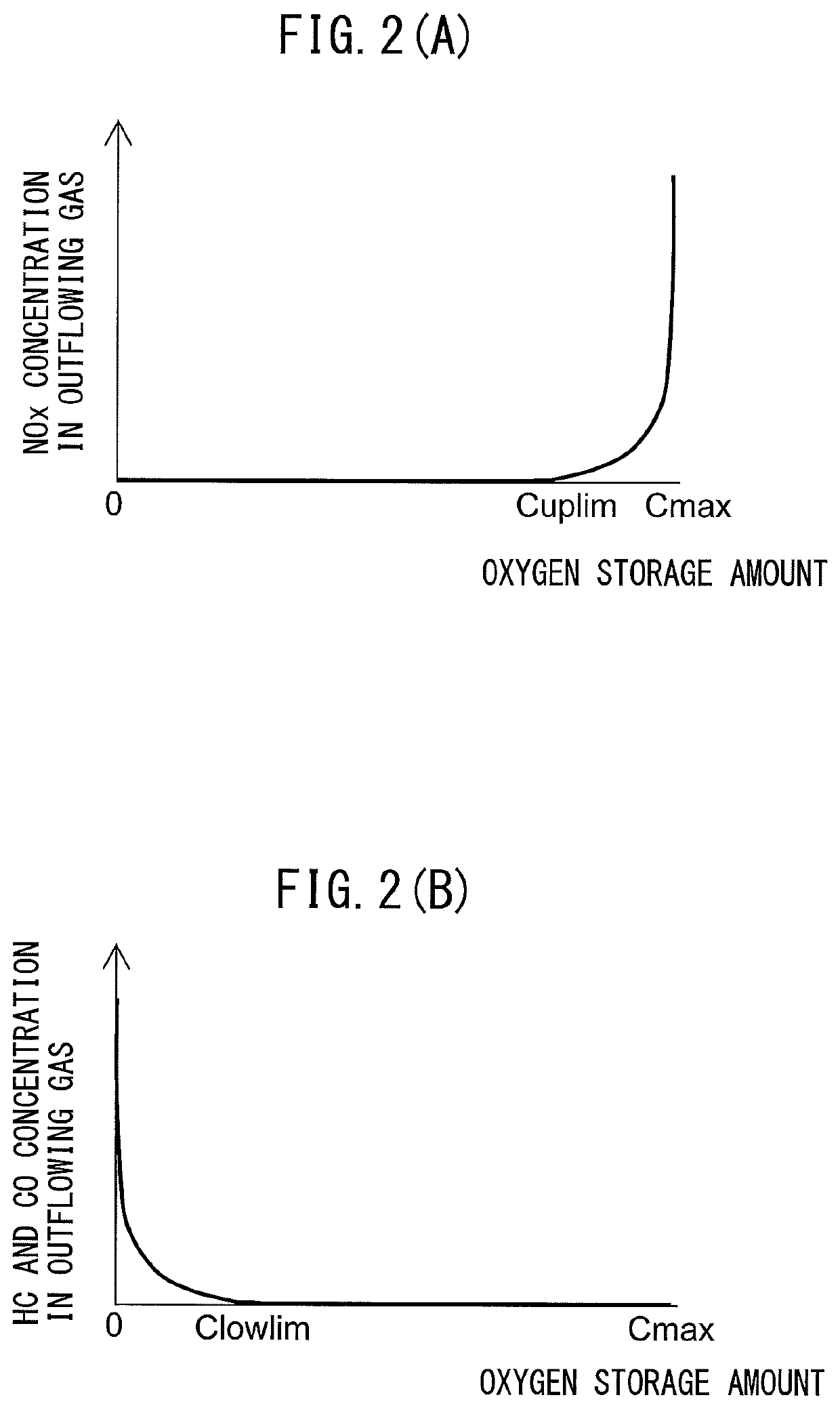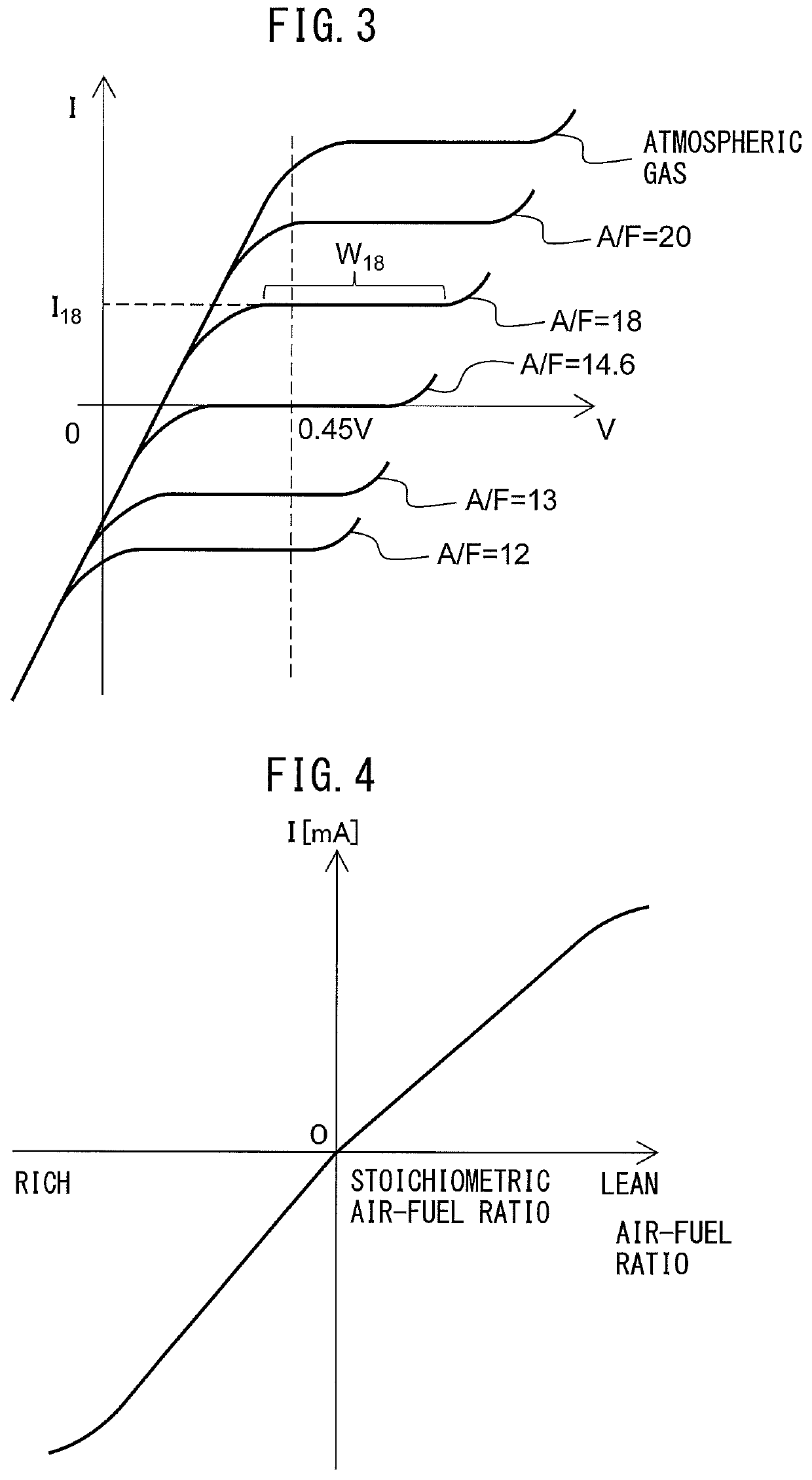Internal combustion engine
a combustion engine and combustion chamber technology, applied in the direction of machines/engines, electrical control, exhaust treatment electric control, etc., can solve the problem of intentionally caused exhaust scavenging, and achieve the effect of suppressing the deterioration of exhaust emission
- Summary
- Abstract
- Description
- Claims
- Application Information
AI Technical Summary
Benefits of technology
Problems solved by technology
Method used
Image
Examples
first embodiment
[0030]First, referring to FIG. 1 to FIG. 8, a first embodiment of the present invention will be explained.
[0031]
[0032]FIG. 1 is a schematic view of an internal combustion engine 100 in an embodiment of the present invention. The internal combustion engine 100 is provided with an engine body 1 including a cylinder block 2 and a cylinder head 4. In the present embodiment, the internal combustion engine 100 is a spark ignition type internal combustion engine. Note that, the internal combustion engine 100 may also be a compression ignition type internal combustion engine (diesel engine). Inside of the cylinder block 2, piston 3 is arranged to reciprocate inside the cylinder block 2.
[0033]A combustion chamber 5 is formed between the piston 3 and the cylinder head 4. The cylinder head 4 is formed with intake ports 7 and exhaust ports 9. The intake ports 7 and exhaust ports 9 are connected to the combustion chambers 5. An intake valve 6 is arranged at an end part of each intake port 7 and ...
second embodiment
[0095]Next, referring to FIG. 9 and FIG. 10, a second embodiment of the present invention will be explained. Note that the configuration and control of the internal combustion engine of the second embodiment are basically the same as the internal combustion engine of the first embodiment, so in the following explanation, mainly parts differing from the first embodiment will be explained.
[0096]If the fuel supplied to the exhaust passage at the initial cycle after scavenging is small, the amount of oxygen released from the exhaust purification catalyst 20 due to the supplied fuel becomes smaller, so it is not possible to effectively suppress a rapid increase in oxygen storage amount of the exhaust purification catalyst 20 due to the expulsion of air. On the other hand, if a large amount of fuel is supplied to the exhaust passage at the initial cycle after scavenging, the exhaust purification catalyst 20 rapidly decreases in oxygen storage amount, so unburned gas is liable to flow out ...
PUM
 Login to View More
Login to View More Abstract
Description
Claims
Application Information
 Login to View More
Login to View More - R&D
- Intellectual Property
- Life Sciences
- Materials
- Tech Scout
- Unparalleled Data Quality
- Higher Quality Content
- 60% Fewer Hallucinations
Browse by: Latest US Patents, China's latest patents, Technical Efficacy Thesaurus, Application Domain, Technology Topic, Popular Technical Reports.
© 2025 PatSnap. All rights reserved.Legal|Privacy policy|Modern Slavery Act Transparency Statement|Sitemap|About US| Contact US: help@patsnap.com



